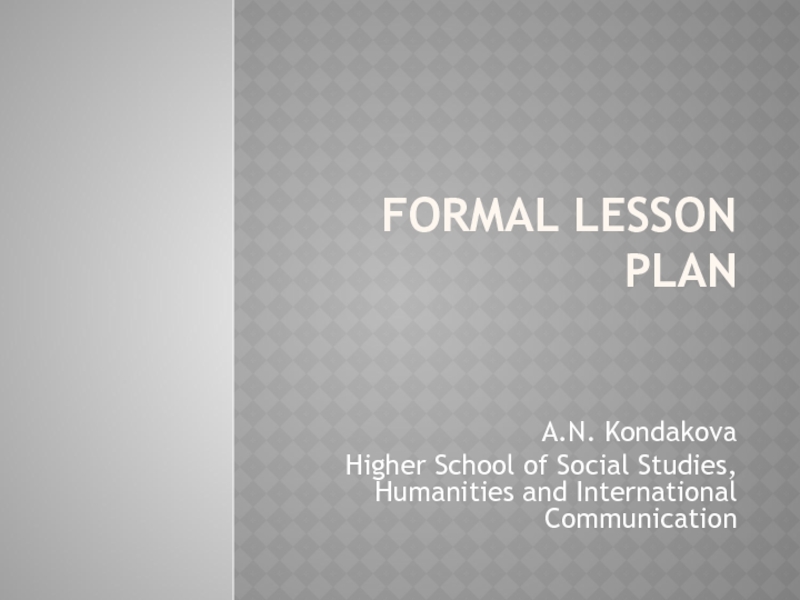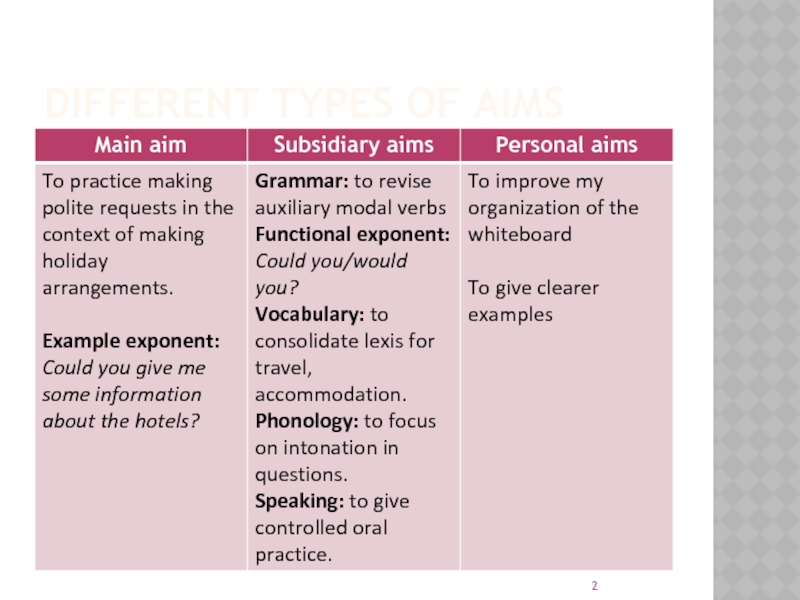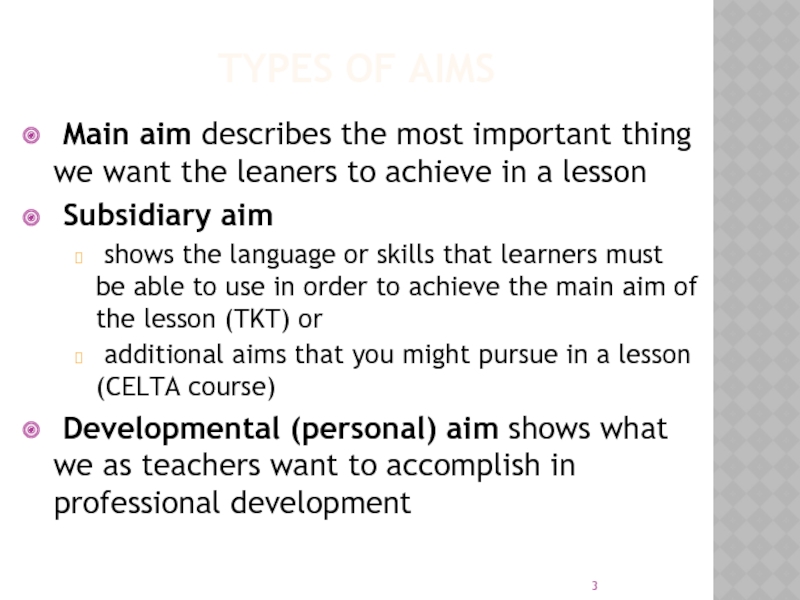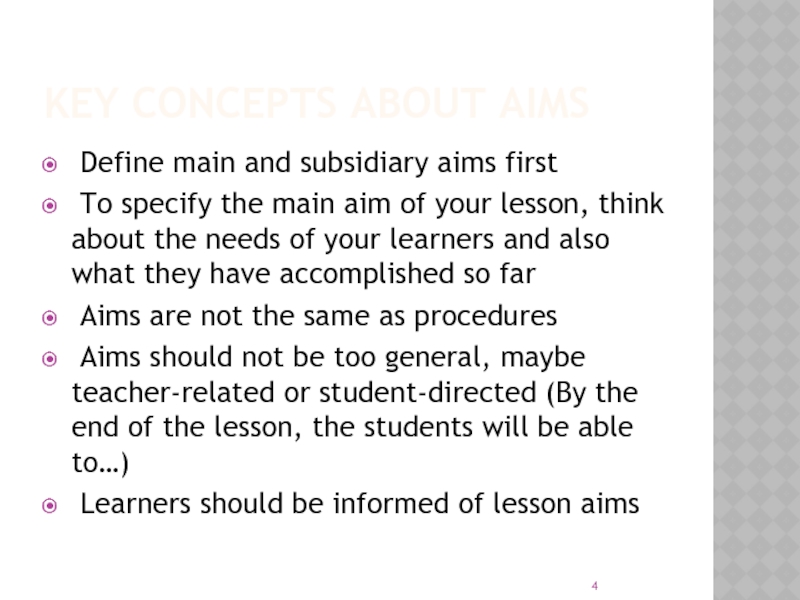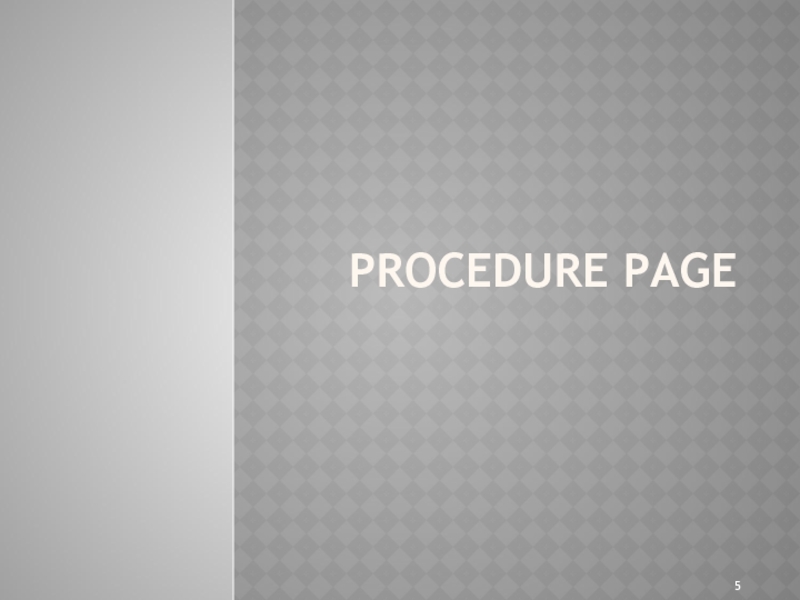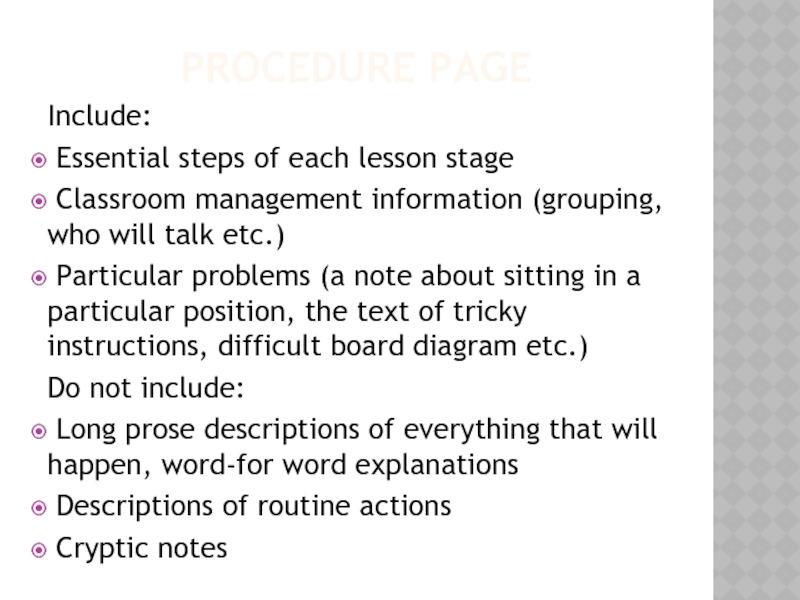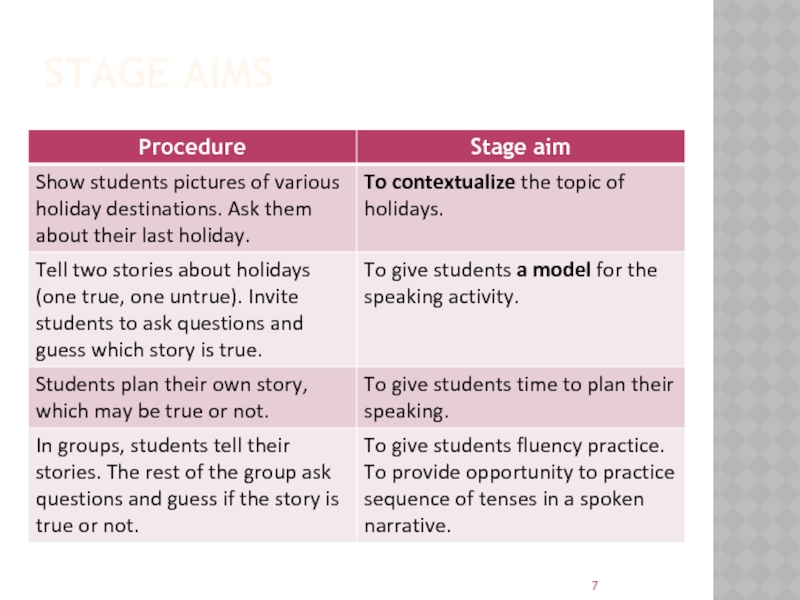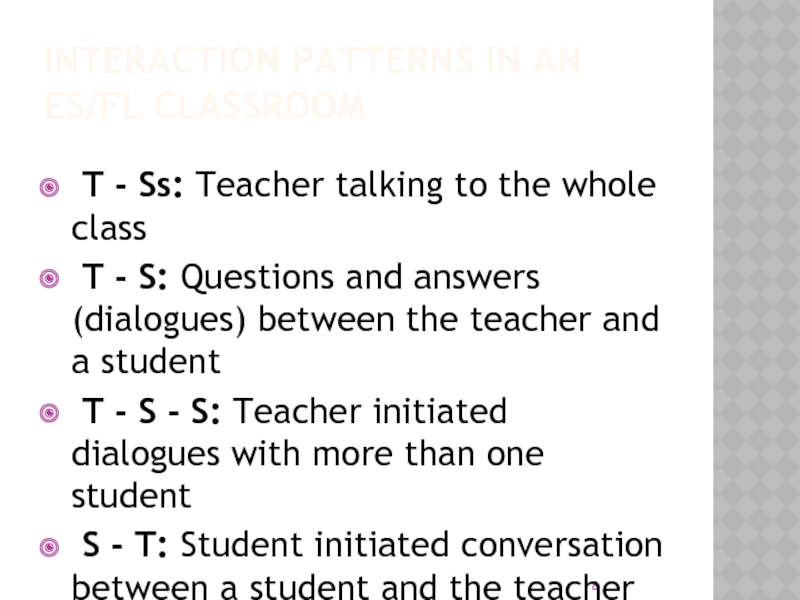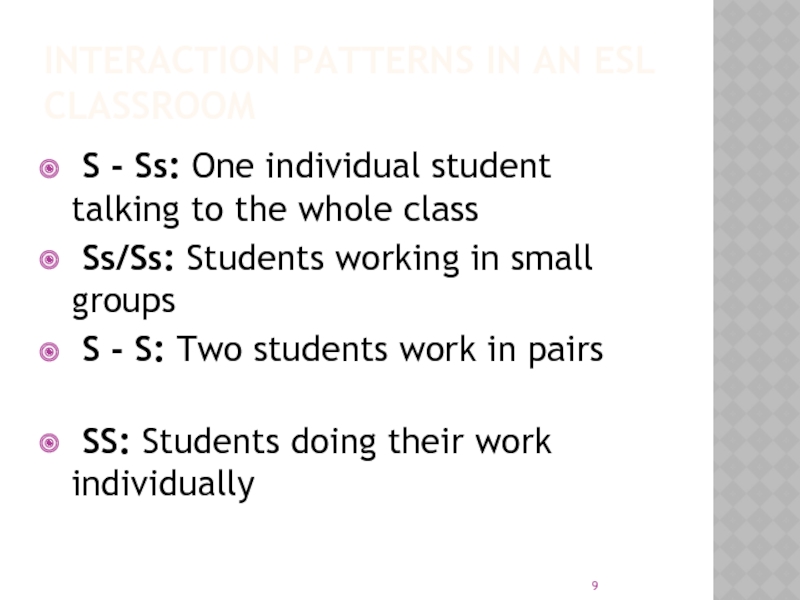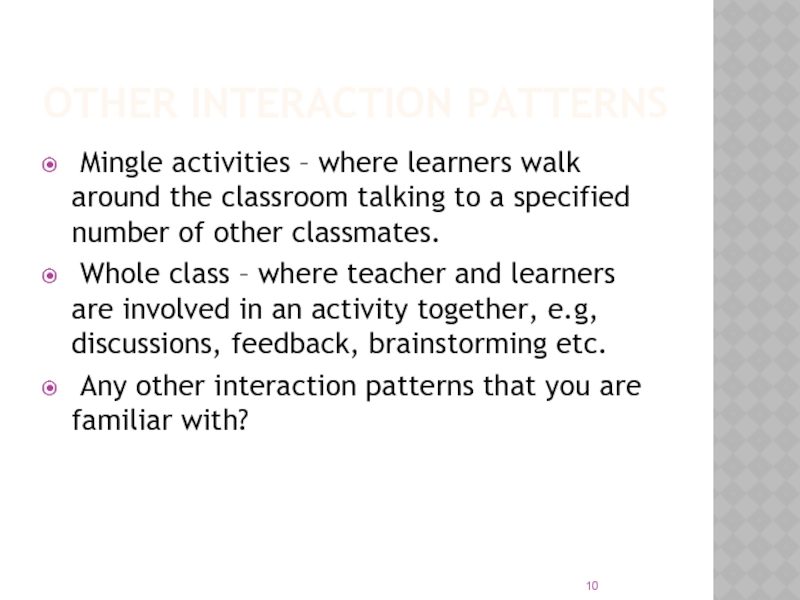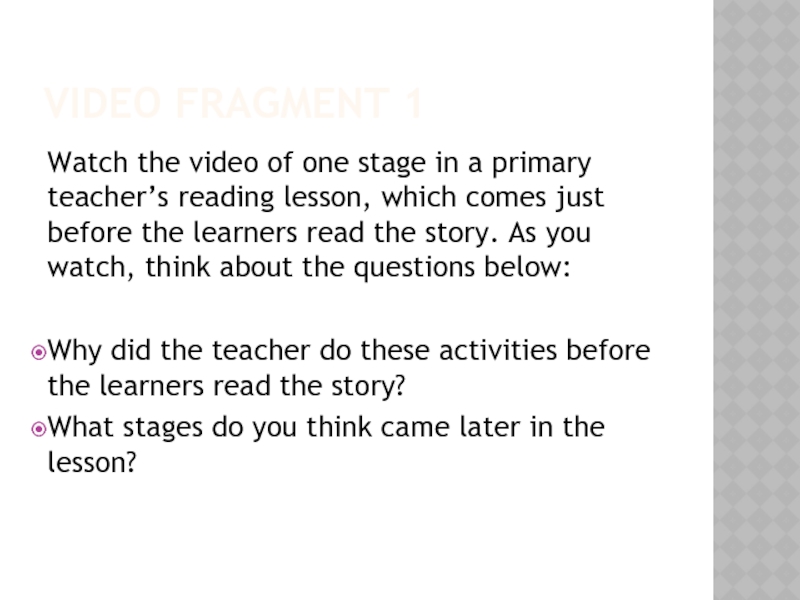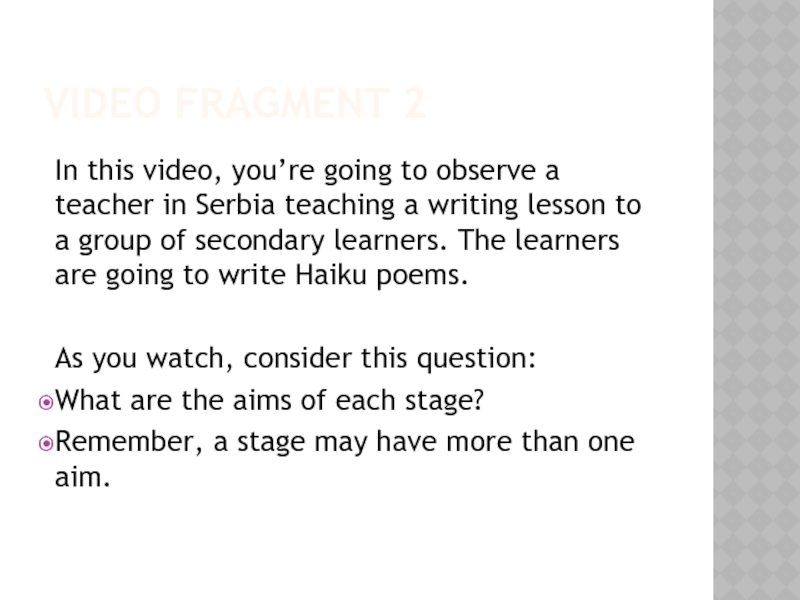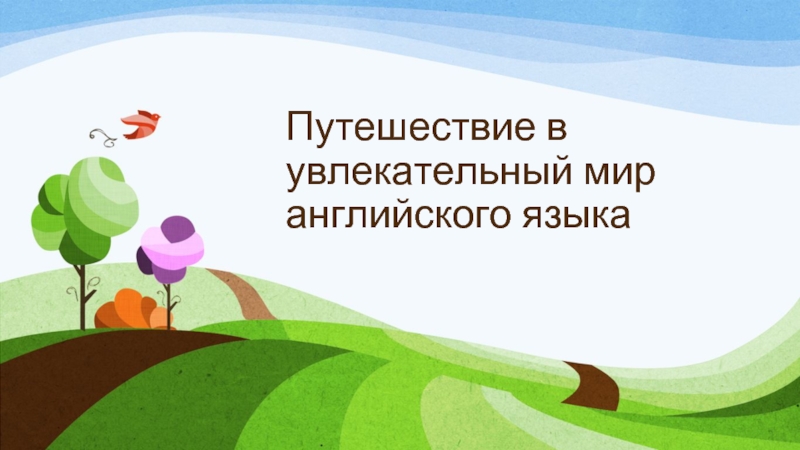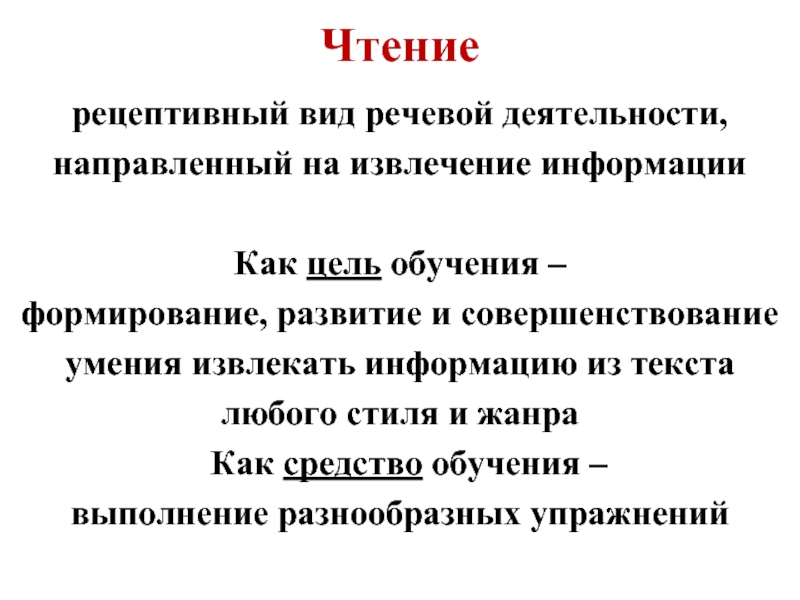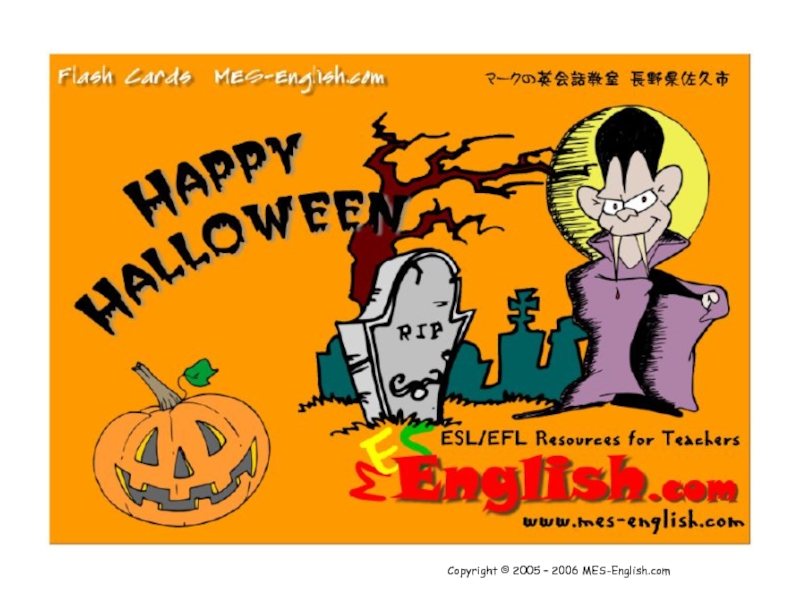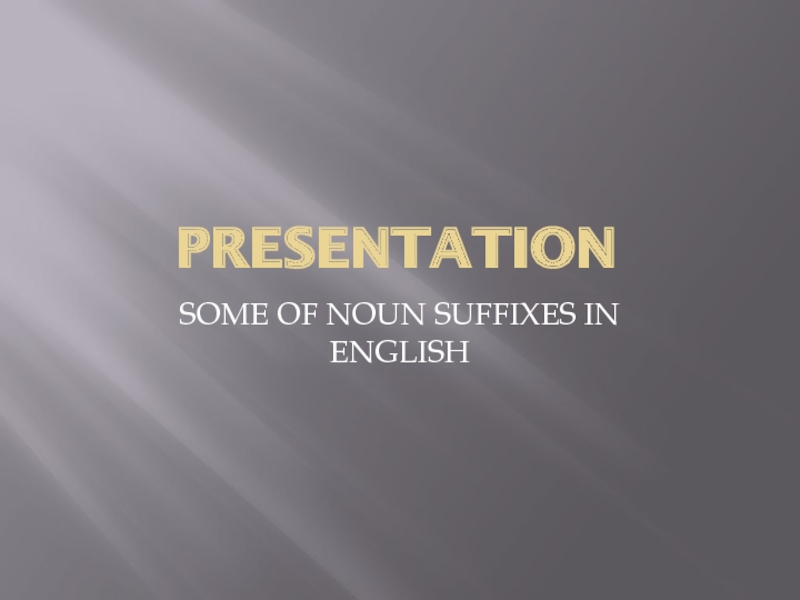Communication
- Главная
- Разное
- Дизайн
- Бизнес и предпринимательство
- Аналитика
- Образование
- Развлечения
- Красота и здоровье
- Финансы
- Государство
- Путешествия
- Спорт
- Недвижимость
- Армия
- Графика
- Культурология
- Еда и кулинария
- Лингвистика
- Английский язык
- Астрономия
- Алгебра
- Биология
- География
- Детские презентации
- Информатика
- История
- Литература
- Маркетинг
- Математика
- Медицина
- Менеджмент
- Музыка
- МХК
- Немецкий язык
- ОБЖ
- Обществознание
- Окружающий мир
- Педагогика
- Русский язык
- Технология
- Физика
- Философия
- Химия
- Шаблоны, картинки для презентаций
- Экология
- Экономика
- Юриспруденция
Types of aims and procedure page презентация
Содержание
- 1. Types of aims and procedure page
- 2. DIFFERENT TYPES OF AIMS
- 3. TYPES OF AIMS Main aim describes
- 4. KEY CONCEPTS ABOUT AIMS Define main
- 5. PROCEDURE PAGE
- 6. PROCEDURE PAGE Include: Essential steps of
- 7. STAGE AIMS
- 8. INTERACTION PATTERNS IN AN ES/FL CLASSROOM
- 9. INTERACTION PATTERNS IN AN ESL CLASSROOM
- 10. OTHER INTERACTION PATTERNS Mingle activities –
- 11. VIDEO FRAGMENT 1 Watch the video of
- 12. VIDEO FRAGMENT 2 In this video, you’re
Слайд 1FORMAL LESSON PLAN
A.N. Kondakova
Higher School of Social Studies, Humanities and International
Слайд 3TYPES OF AIMS
Main aim describes the most important thing we
want the leaners to achieve in a lesson
Subsidiary aim
shows the language or skills that learners must be able to use in order to achieve the main aim of the lesson (TKT) or
additional aims that you might pursue in a lesson (CELTA course)
Developmental (personal) aim shows what we as teachers want to accomplish in professional development
Subsidiary aim
shows the language or skills that learners must be able to use in order to achieve the main aim of the lesson (TKT) or
additional aims that you might pursue in a lesson (CELTA course)
Developmental (personal) aim shows what we as teachers want to accomplish in professional development
Слайд 4KEY CONCEPTS ABOUT AIMS
Define main and subsidiary aims first
To
specify the main aim of your lesson, think about the needs of your learners and also what they have accomplished so far
Aims are not the same as procedures
Aims should not be too general, maybe teacher-related or student-directed (By the end of the lesson, the students will be able to…)
Learners should be informed of lesson aims
Aims are not the same as procedures
Aims should not be too general, maybe teacher-related or student-directed (By the end of the lesson, the students will be able to…)
Learners should be informed of lesson aims
Слайд 6PROCEDURE PAGE
Include:
Essential steps of each lesson stage
Classroom management information
(grouping, who will talk etc.)
Particular problems (a note about sitting in a particular position, the text of tricky instructions, difficult board diagram etc.)
Do not include:
Long prose descriptions of everything that will happen, word-for word explanations
Descriptions of routine actions
Cryptic notes
Particular problems (a note about sitting in a particular position, the text of tricky instructions, difficult board diagram etc.)
Do not include:
Long prose descriptions of everything that will happen, word-for word explanations
Descriptions of routine actions
Cryptic notes
Слайд 8INTERACTION PATTERNS IN AN ES/FL CLASSROOM
T - Ss: Teacher talking to
the whole class
T - S: Questions and answers (dialogues) between the teacher and a student
T - S - S: Teacher initiated dialogues with more than one student
S - T: Student initiated conversation between a student and the teacher
T - S: Questions and answers (dialogues) between the teacher and a student
T - S - S: Teacher initiated dialogues with more than one student
S - T: Student initiated conversation between a student and the teacher
Слайд 9INTERACTION PATTERNS IN AN ESL CLASSROOM
S - Ss: One individual student
talking to the whole class
Ss/Ss: Students working in small groups
S - S: Two students work in pairs
SS: Students doing their work individually
Ss/Ss: Students working in small groups
S - S: Two students work in pairs
SS: Students doing their work individually
Слайд 10OTHER INTERACTION PATTERNS
Mingle activities – where learners walk around the
classroom talking to a specified number of other classmates.
Whole class – where teacher and learners are involved in an activity together, e.g, discussions, feedback, brainstorming etc.
Any other interaction patterns that you are familiar with?
Whole class – where teacher and learners are involved in an activity together, e.g, discussions, feedback, brainstorming etc.
Any other interaction patterns that you are familiar with?
Слайд 11VIDEO FRAGMENT 1
Watch the video of one stage in a primary
teacher’s reading lesson, which comes just before the learners read the story. As you watch, think about the questions below:
Why did the teacher do these activities before the learners read the story?
What stages do you think came later in the lesson?
Why did the teacher do these activities before the learners read the story?
What stages do you think came later in the lesson?
Слайд 12VIDEO FRAGMENT 2
In this video, you’re going to observe a teacher
in Serbia teaching a writing lesson to a group of secondary learners. The learners are going to write Haiku poems.
As you watch, consider this question:
What are the aims of each stage?
Remember, a stage may have more than one aim.
As you watch, consider this question:
What are the aims of each stage?
Remember, a stage may have more than one aim.
